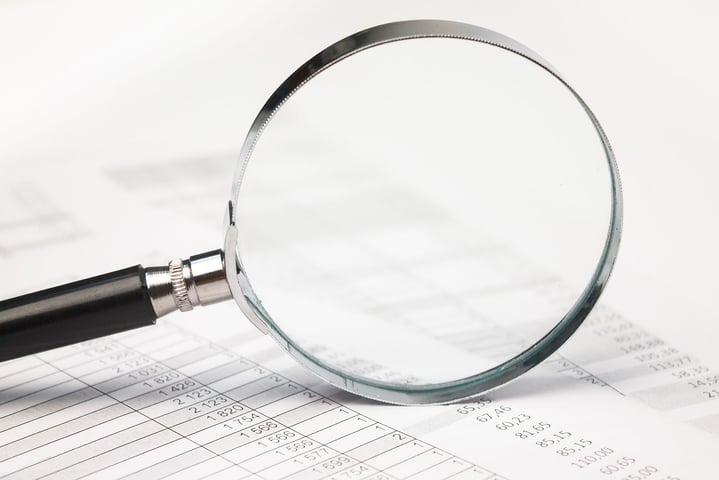
When you are to invest in a QCM-system, there are several aspects of the instrument to evaluate such as price, experimental capabilities, and data quality. Price and experimental capabilities are straightforward to assess, but the data quality can be trickier to decipher and compare between suppliers. Here we guide you to what information to look for, and how to compare the numbers specified by different suppliers.
One of the first aspects that comes to mind when assessing a specific QCM setup is probably the hardware capabilities. Being able to mimic certain conditions, such as certain temperature, is indeed important. Another key aspect, which is often trickier to assess, is the quality of the data generated.
The parameters related to data quality can be challenging to identify. Not only can the terminology used to describe the instrument performance vary between suppliers, but often the specifications include different sets of parameters. Also, theoretical values are frequently mixed with values that are relevant to the measurement situation. So, which of all the parameters found in an instrument specification are relevant and will have an impact on the end measurement? And - is all the key information available?
To interpret the information, and to assess a QCM specification from a data quality and reproducibility perspective, there are a few aspects to consider
As the overall objective of any experiment is to be able to answer a predefined question, the data quality is essential to assess. Evaluating information in a QCM-specification, and comparing information provided by different suppliers, can however be tricky. One approach is to identify the parameters that are relevant to the actual measurement situation, and to look at the unit of the specified numbers to compare the information between different suppliers.
Download the guide on how to read a QCM specification to learn more about which specific parameters that are related to QCM data quality, what they mean and why they are important.
Editors note: This post was originally published in September 2018 and has been updated for comprehensiveness
Read the guidelines on how to decide which QCM instrument will be the most suitable for your needs
Read about what single-harmonic and multi-harmonic QCM-D means and what the difference is between these instruments.
Learn about the difference between the theoretical QCM sensitivity and the sensitivity which is relevant in a measurement situation.
Read about the piezoelectric effect and how piezoelectricity arises
QSense Omni is designed to offer cutting-edge QCM-D performance in modular setup-configurations based on user needs
To quantify the QCM mass you can use either the Sauerbrey equation or viscoelastic modelling. Learn what happens if you use the wrong approach.
Learn more about the different QCM:s and when to use which one.
QSense Omni is designed to minimize the user knowledge required to produce high-quality QCM-D data.
The quality of the data produced by an analytical instrument is crucial and noise and drift play a significant role in determining the outcome.
